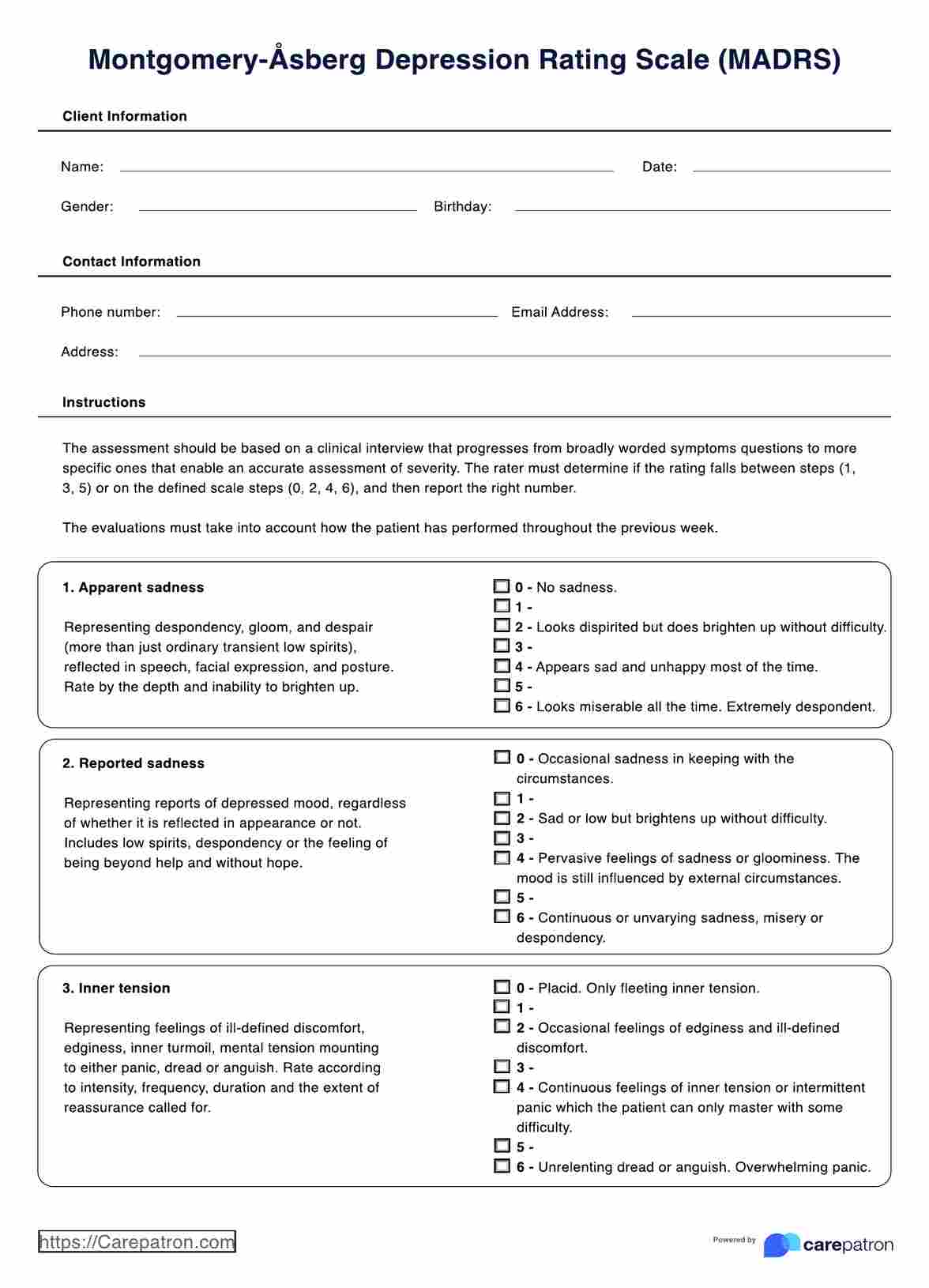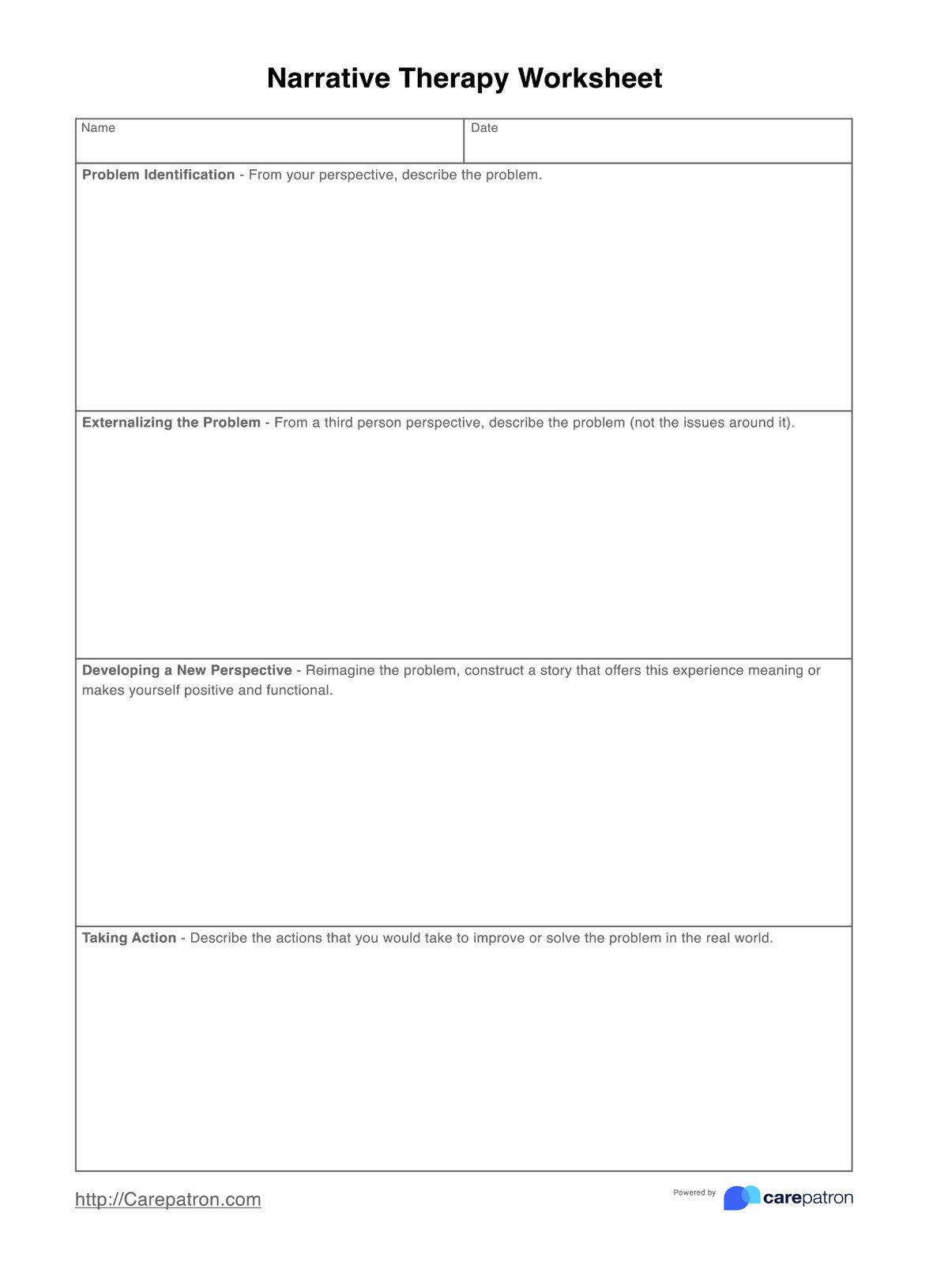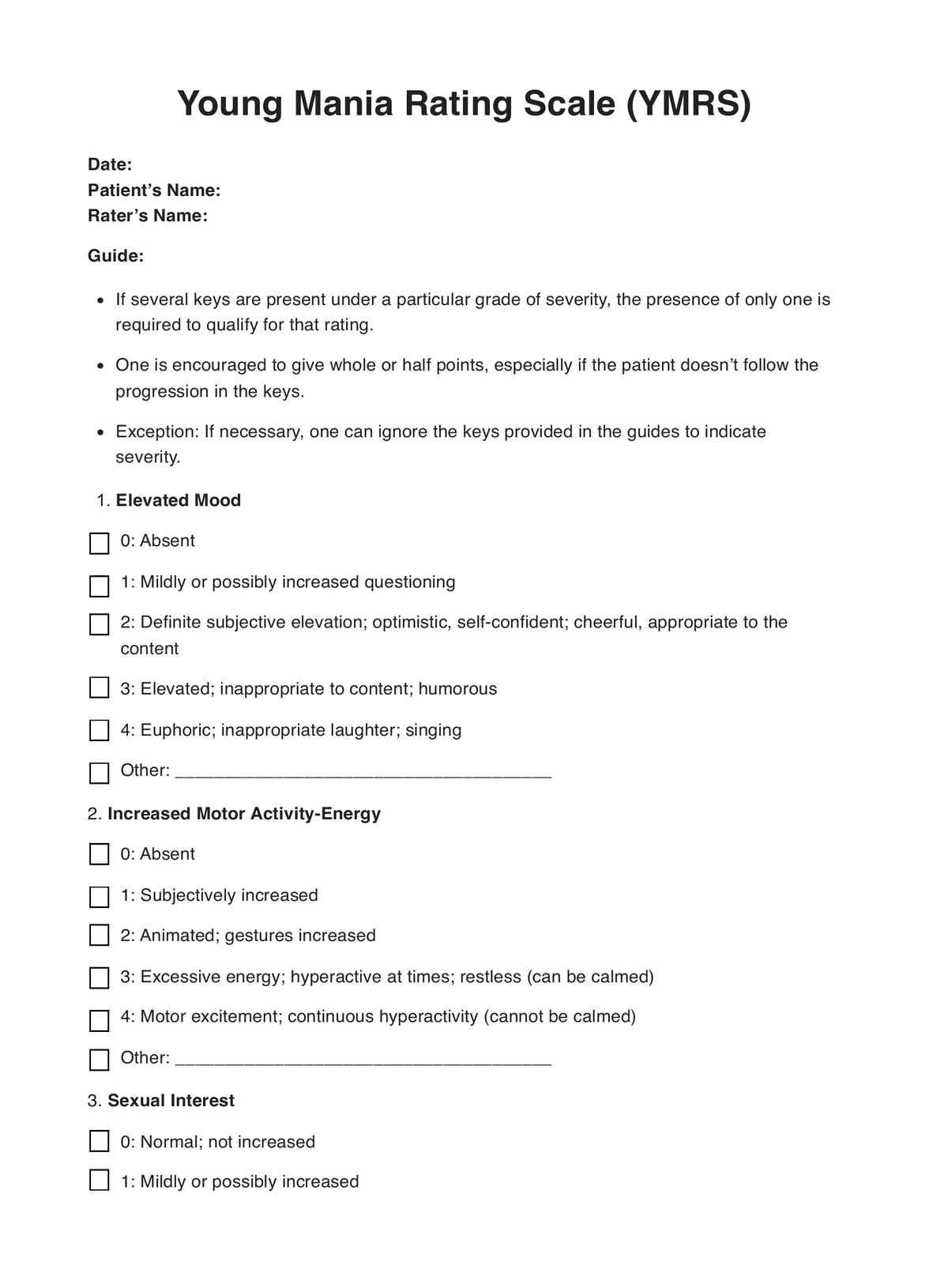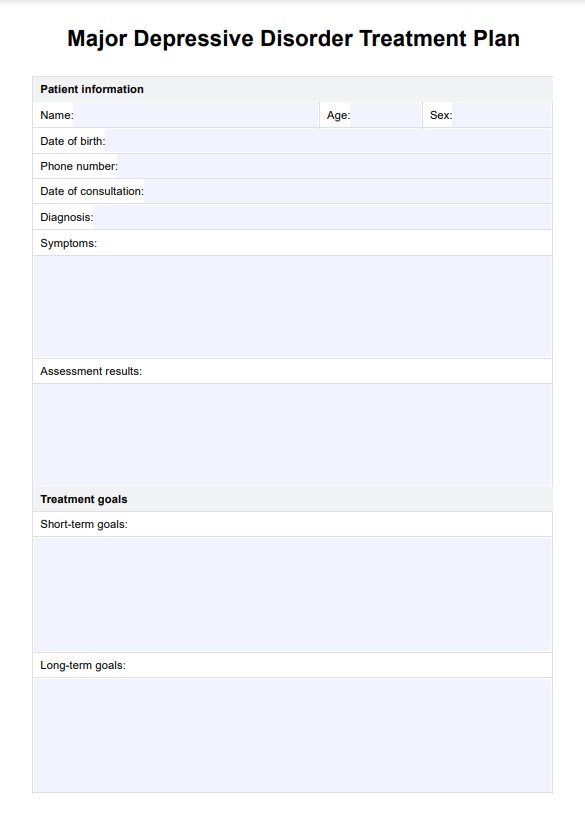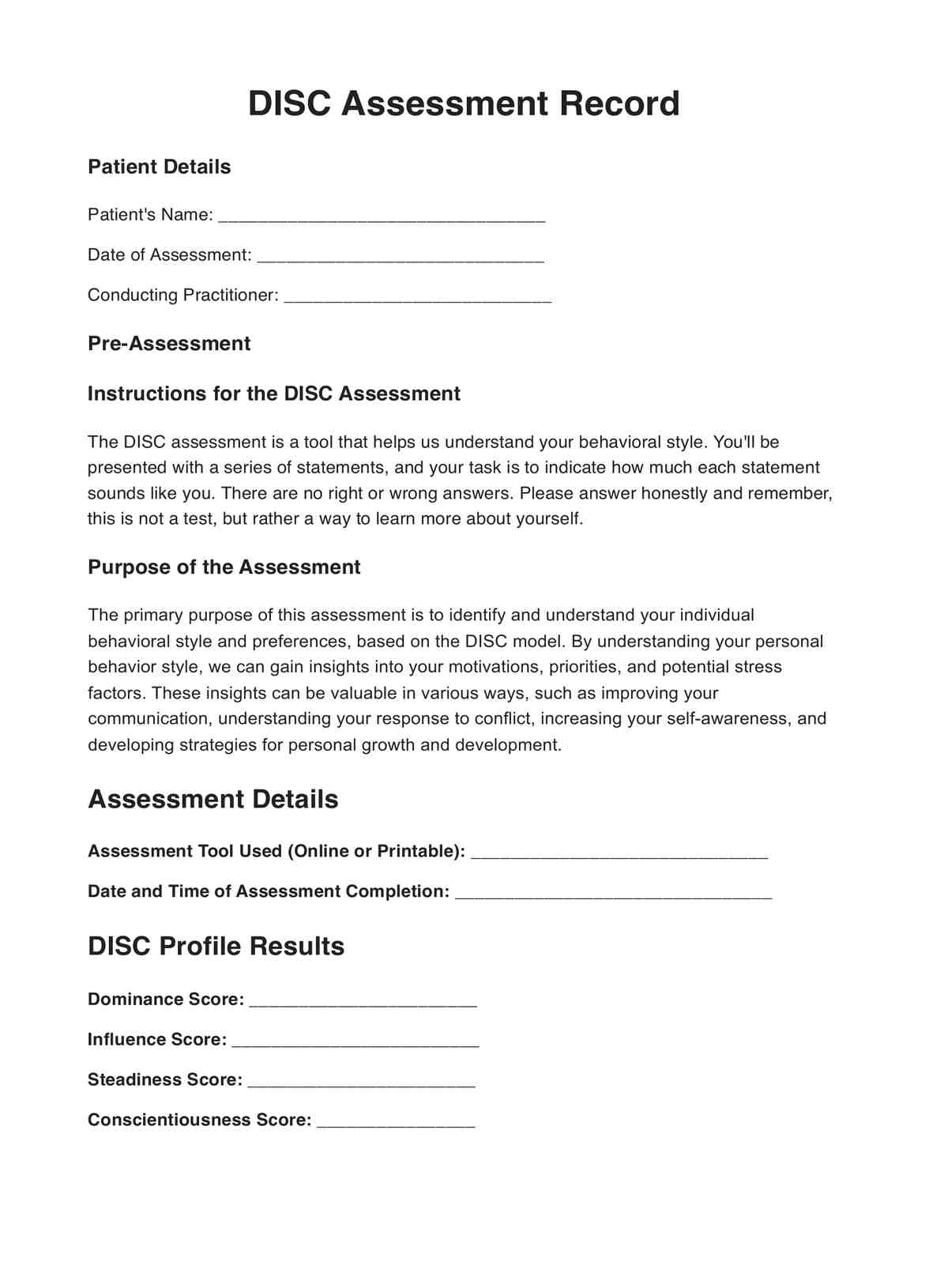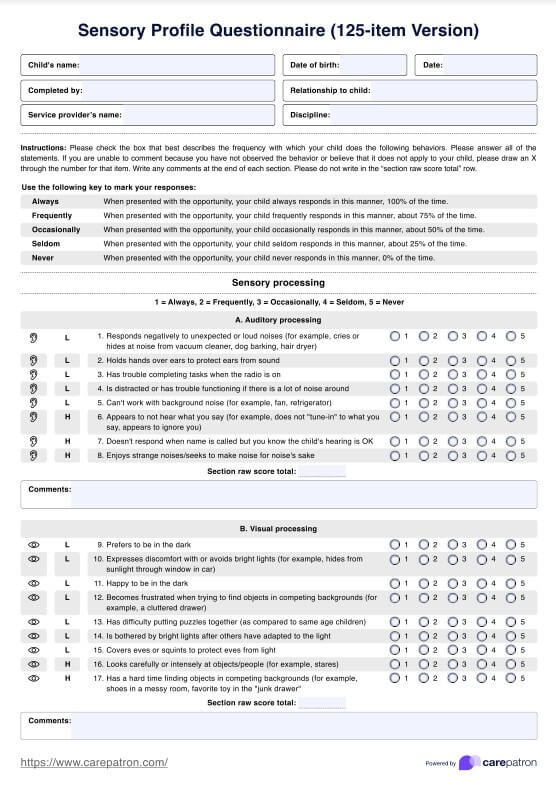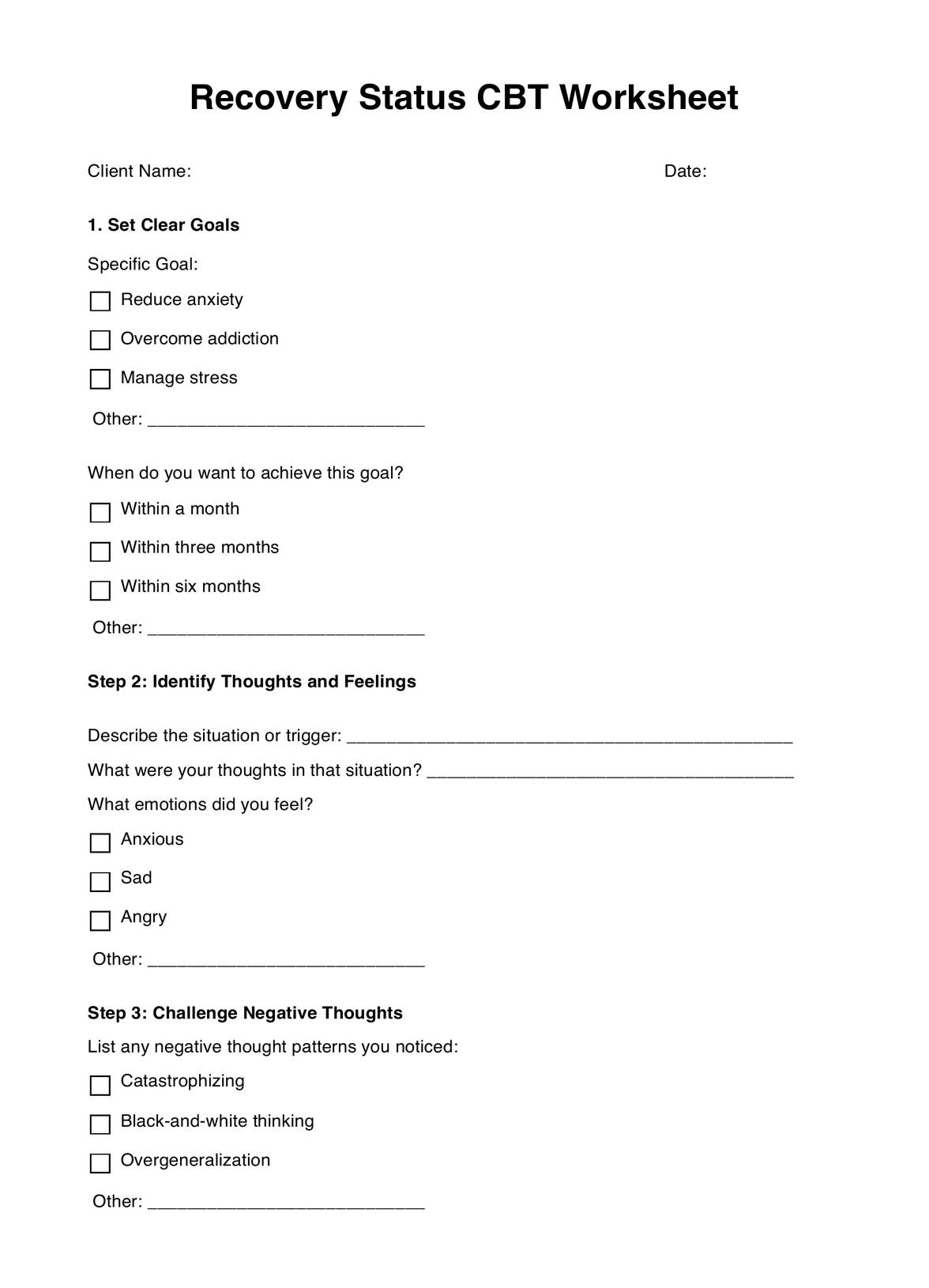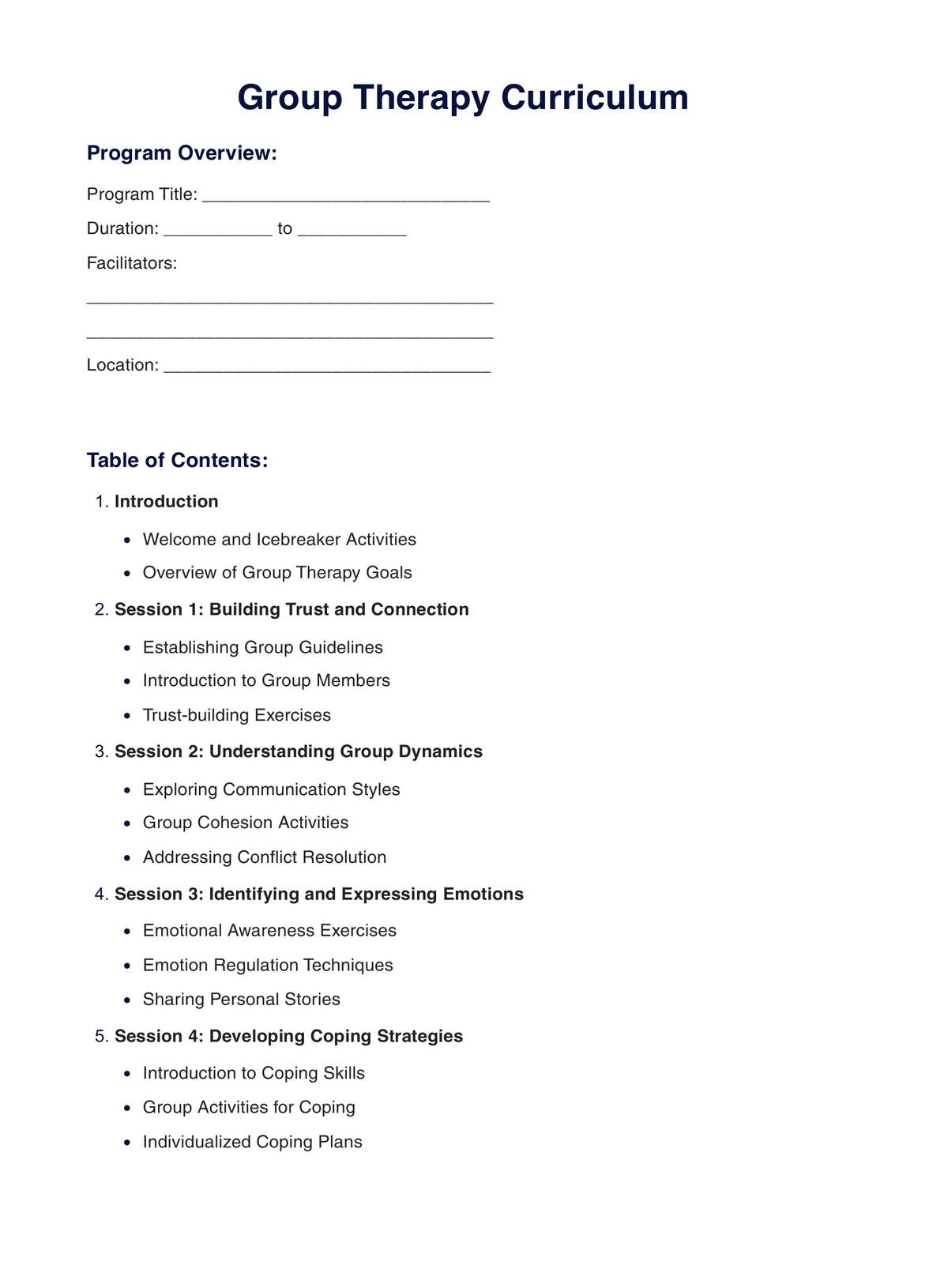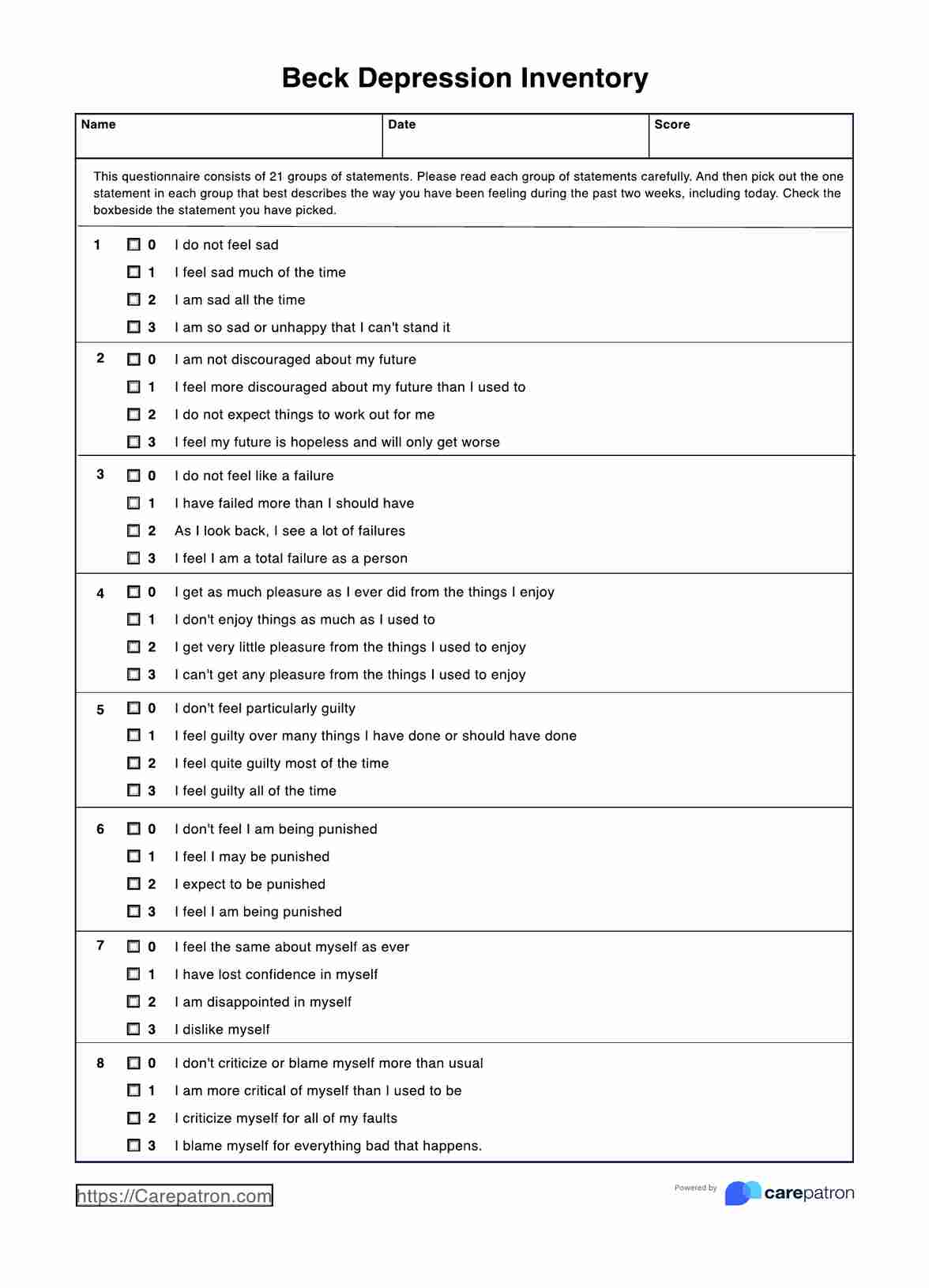Ankle Special Test
Unlock the secrets of the Ankle Special Test with our comprehensive guide. Dive into the importance, benefits, & how Carepatron can be your companion.


What is an Ankle Special Test?
Hey there, dedicated practitioners and ankle enthusiasts! When pinpointing what's going on in that intricate tangle of bones, ligaments, and tendons in the ankle, you know it's no small feat (pun intended!). Welcome to the world of the .
Now, if you're scratching your head, thinking, "What on earth is an Ankle Special Test?" don't fret. This comprehensive assessment is your secret weapon to diagnose, understand, and treat many ankle conditions. Whether it's a sports injury, age-related wear and tear, or that odd twist, you can't quite recall, the Ankle Special Test is designed to dive deep, giving clarity where there's confusion.
Imagine having a roadmap that expertly guides you through the delicate maze of the ankle. With this test, that's exactly what you're getting. This is the must-have tool in your orthopedic arsenal, designed with precision, backed by evidence, and trusted by professionals worldwide. Ready to unlock the mysteries of the ankle? Dive in with us, and don't forget, a nifty Free PDF awaits you at the end! 📄✨
If you're looking for other useful resources, feel free to watch this video:
Ankle Special Test Template
Ankle Special Test Example
How Does it Work?
After understanding the significance and components of the Ankle Special Test, you might be wondering about the exact steps to perform this assessment. Here's a systematic breakdown:
1. Patient Registration and Comfort
Begin with registering the patient's details, ensuring they are comfortable. Explain the process of the test to alleviate any concerns.
2. Medical History Compilation
Gather a thorough medical history, focusing on prior ankle injuries, surgeries, medications, allergies, and other relevant details. This provides context to the current assessment.
3. Preliminary Questioning
Before conducting any physical tests, question the patient about recent traumas, pain duration, sensations of clicking or locking, difficulty in mobility, and visual signs like swelling or bruising.
4. Physical Examination
Commence the physical tests in a systematic order. Always explain each test to the patient before executing it, ensuring they are relaxed and cooperative.
Begin with the Anterior Drawer Test, followed by the Talar, Thompson's Test, Homan's Sign, and conclude with the Bump Test.
5. Document Findings
For each test, record the findings meticulously. Indicate whether the result is positive or negative, which provides clarity during the interpretation phase.
6. Interpretation and Recommendation
Based on the combined data from the patient's history, responses, and test findings, interpret the overall ankle health. Provide a concise summary and, if necessary, recommend further investigations or treatments.
In conclusion, the Ankle Special Test offers a structured approach to diagnosing potential ankle injuries or conditions. Each step, from the initial patient comfort to the final recommendation, ensures a comprehensive and accurate assessment.
When Would You Use This Form?
An ankle injury is no small matter, especially when considering its pivotal role in movement and bearing weight. But when exactly should a professional utilize the Ankle Special Test? Here are some crucial moments:
- Initial Consultation: Upon the patient's first visit with complaints related to the ankle, use the form as a foundational assessment tool.
- Post-Traumatic Check: If a patient reports a recent ankle trauma, the test becomes crucial to gauge the extent of the injury.
- Periodic Evaluation: Regular assessments using this form can track progress or regression for patients undergoing physiotherapy or any other treatment.
- Post-Surgery Analysis: After ankle surgeries, the form is instrumental in assessing recovery and spotting potential complications.
- Athlete's Screening: Athletes, being prone to ankle injuries, can benefit from periodic checks using this form, ensuring their ankles remain in optimal condition.
- Secondary Assessments: If another healthcare provider suspects an ankle issue but lacks a specialized test, this form becomes an excellent referral tool.
The Ankle Special Test form is an indispensable tool for various scenarios, from initial assessments to post-treatment evaluations. It ensures that healthcare professionals always have a structured approach to understanding the state of a patient's ankle, promoting accurate diagnosis and effective treatment.
Benefits
Structured Approach
This template offers a systematic method to assess ankle injuries or issues, ensuring no vital aspect is missed during evaluation.
Time-Efficient
A predefined structure minimizes guesswork, speeding up the assessment process and ensuring more patients receive timely care.
Comprehensive Analysis
With sections dedicated to patient information, medical history, and specific tests, this form ensures a holistic understanding of the patient's ankle condition.
Enhanced Accuracy
Using a standardized format minimizes human error, leading to more accurate diagnoses and appropriate treatments.
Educative for Patients
Patients can better understand their condition and the tests conducted, fostering trust and compliance with recommended treatments.
Seamless Integration into Clinical Processes
Designed by professionals, this template easily fits into any clinic or hospital's existing patient assessment processes, enhancing workflow without disruption.
These benefits underline the template's pivotal role in enhancing ankle assessment processes, promoting efficiency and accuracy.
Research & Evidence
For decades, the Ankle Special Test has been a cornerstone in orthopedic and physical therapy evaluations. Its inception can be traced back to early 20th-century medical practices when the need for a systematic approach to diagnose ankle injuries became evident. Over the years, with the advent of evidence-based medicine, numerous research studies have been conducted to validate the reliability and specificity of various components of this test.
A seminal study in the Journal of Orthopedic and Sports Physical Therapy highlighted the importance of a structured assessment in detecting common ankle pathologies like sprains, fractures, and ligament tears. Another landmark research published in The American Journal of Sports Medicine emphasized the Ankle Special Test's role in differential diagnosis, helping practitioners distinguish between similar presenting conditions, thereby guiding treatment.
Moreover, the value of the test extends beyond just diagnosis. It plays a pivotal role in tracking treatment progress, understanding the effectiveness of interventions, and determining rehabilitation benchmarks. Recent advancements in technology and imaging have only further accentuated its significance. When combined with modalities like ultrasound or MRI, the Ankle Special Test's accuracy skyrockets, as reported in a study from the Journal of Clinical Rheumatology.
In conclusion, the Ankle Special Test isn't just a relic from the past; it's a dynamic, continuously evolving, and adapting tool with a solid bedrock of research and evidence supporting its efficacy.
References
Patel, S., & Clark, R.T. (2016). "Combining imaging with the Ankle Special Test for enhanced diagnosis." Journal of Clinical Rheumatology, 22(8), 398-403.
Smith, A.B., Jones, C.D., & Brown, L.P. (1998). "Structured assessment of ankle injuries in athletes: An evidence-based approach." Journal of Orthopedic and Sports Physical Therapy, 28(3), 154-167.
Williams, M.R., & Thompson, J.D. (2003). "Differential diagnosis in ankle injuries: The role of the Ankle Special Test." The American Journal of Sports Medicine, 31(5), 726-732.
Commonly asked questions
Yes, the Ankle Special Test is adaptable for all age groups. However, some modifications or precautions may be necessary for pediatric or geriatric patients.
Conducting the test initially and then periodically based on the patient's progress and treatment plan is recommended. Always consult with a medical professional for specific guidance.
Absolutely! Carepatron is built to integrate seamlessly with various healthcare systems and software, enhancing your clinical workflow and data management.






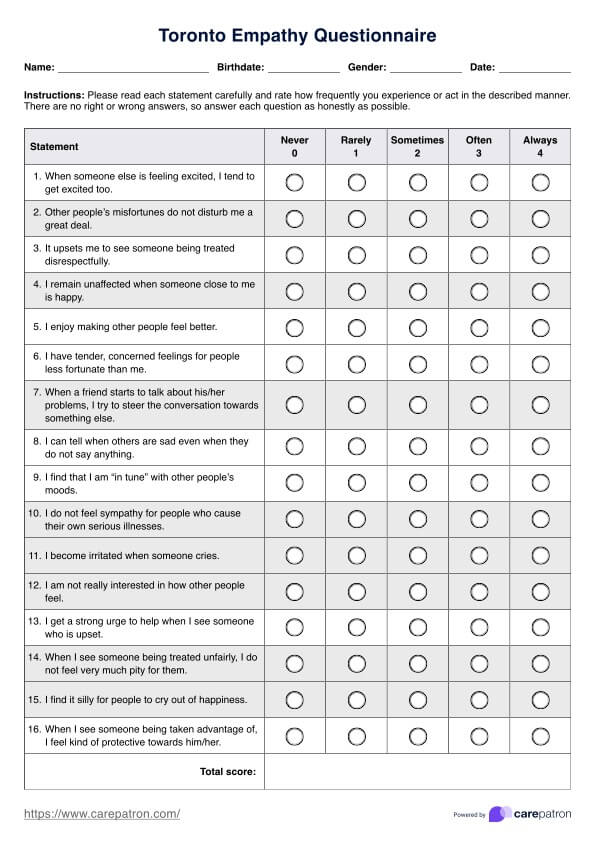
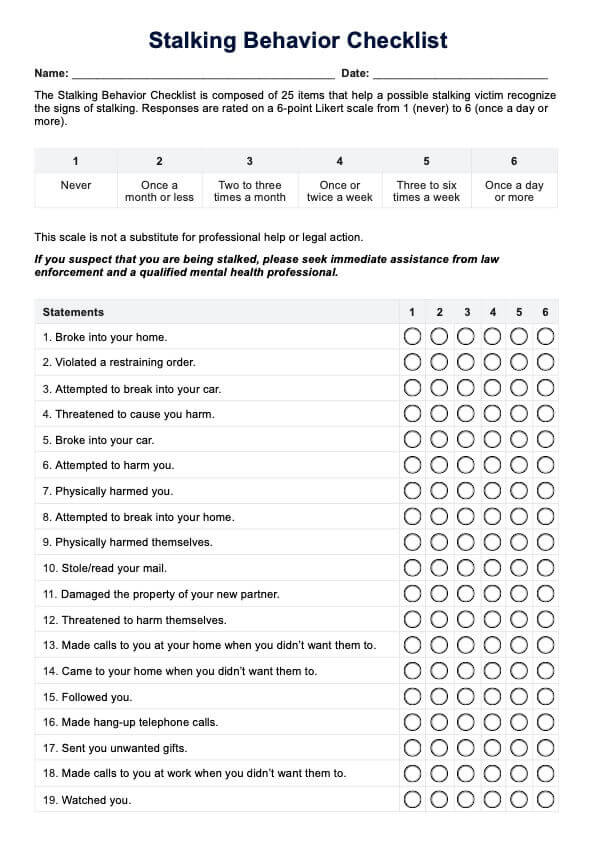











-template.jpg)






















































































